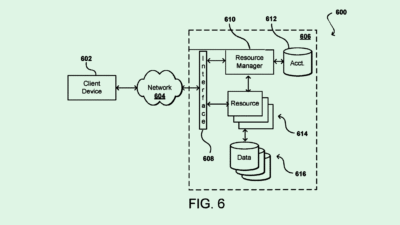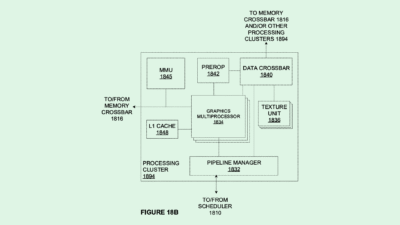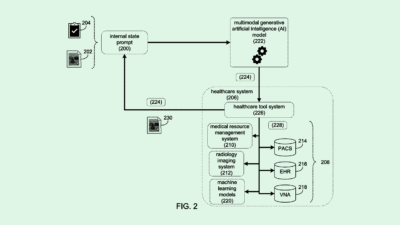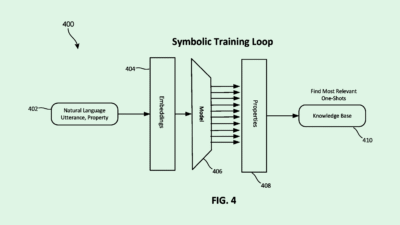Building a Strategy to ‘Coexist’ with AI
“How does AI coexist and partner with humans?” says Saket Srivastava, CIO of Asana.

Sign up to get cutting-edge insights and deep dives into innovation and technology trends impacting CIOs and IT leaders.
If your C-Suite is confused about AI, so is your workforce.
Jumping head first into AI isn’t always the right decision. Though it’s important to engage with the tech – especially given the rapid pace of AI’s progression – doing so without a plan will likely end up costing more money, resources and employee headaches than it’s worth, Saket Srivastava, CIO of Asana, told CIO Upside.
“To truly do right by AI, you have to start with some sort of strategy,” said Srivastava. “It can’t just be picking things here and there because everyone’s talking about AI.”
We sat down with Srivastava to discuss AI productivity deployment strategies, navigating a hesitant workforce, and why the tech should be a teammate, rather than a team replacement. This interview has been edited for clarity and brevity.
Generational Transformation
What do you think enterprises are getting right – or wrong – in their approaches to AI deployment?
AI has really been top of mind for every enterprise, whichever industry you might be in. Everyone that I speak to – every CIO, CTO, CDIO – is thinking about AI. What I believe enterprises are doing right is that they are immersing themselves enough to understand that this is a generational transformation that we’re in the midst of now.
I find very few, if anyone, who’s sitting on the side waiting for it to all mature and play out. That, to me, is the important piece. The AI a few years down the road is perhaps going to be very different from AI of today. And because you’re going to be in that conversation, in that game, in that experimentation and trying to scale it out, you’re going to learn so much … you’re going to be more prepared to navigate that shift.
While people might be trying a lot, they’re still piloting for the most part. Not many companies have truly scaled out impact through AI. So that might be something that companies are still challenged with. Clearly, there are some departments and some roles and some functions where AI is doing a better job than others – around customer support, around marketing, around go-to-market. Some are landing greater wins than others, but that’s where I think everyone is in their journey of trying to scale AI across the teams.
Breaking Out of ‘Pilot Mode’
What are some common challenges you’re seeing enterprises run into as they deploy AI into their workforces?
It really boils down to how you think about this more strategically and prepare your workforce accordingly. This is not just a technology journey. This is a transformation where it’s all about the people, the process and the technology, and technology is going to get better at a faster clip than people.
Last year, we surveyed our workforce. We tried to understand where people really are. Some are right at the leading edge, trying to disrupt and do great things. There were several who were just very skeptical. And there was a large swath of folks who were somewhere in between, who were curious but stuck. We drove out a bunch of enablement programs through that, and towards the end of the year, we measured again, and we found that our workforce had generally moved in the right direction of maturity towards AI.
There are some companies who just get stuck in this so-called pilot mode, experimenting here and there. Strive to think about what are some of the low-hanging fruits that you can get with AI, but also some of the lighthouse use cases which might be truly impactful to show big wins. I think those are things that I see some companies getting more challenged with.
Given Asana’s place in the workplace productivity market, where do you think the line should be drawn with AI automation in workforces?
You need to create an environment where your workforce feels good about being on this journey and don’t feel like AI is going to disrupt them … Asana is really thinking about AI from a lens of augmenting human capabilities. How does AI coexist and partner with humans, as opposed to replacing them?
We really talk about AI plus human context: How can AI do the routine, the voluminous, mundane work, and how can humans then shift to a higher level of strategic thinking and creativity?
How is Asana thinking about AI agents?
We recently launched something that we call Asana AI studio. It’s been (early access) only for maybe a month, and the phenomenal response that we’re getting from our customers is really mind-boggling. It’s a no-code builder platform wherein any team can design their core workflows, embed AI agents without having to know coding, and deploy those workflows at scale.
I’ll give you an example of a customer, Morningstar, which is a global financial organization. Their CIO incorporated Asana AI studio as a way to manage all the intake requests that they were getting from across all of Morningstar, which in the past required a ton of back and forth. That AI Studio agent was able to interact and field those, and the return on investment for them was so clear and marked. Something that was taking them on an average about 29 days was now down to 14 days.
We are thinking of AI (agents) more as teammates: Start thinking about AI as a teammate, which exists in harmony with a human, wherein you can pass context and work between a human and an agent.
Access for Agents
How do you approach data security and governance in AI-powered productivity, especially as automation starts to accelerate?
That’s really something that any and every CIO is thinking about. While there are all of these AI tools out there, what’s most important is how you can secure your data and how you fully understand where exactly your data is going. When a vendor is providing you AI capabilities, what is the life cycle of the data assets that your company’s data is being navigated through?
At Asana, we think about this from a standpoint of respecting the access controls of data that you have in Asana as you integrate it with other third-party systems. It doesn’t operate in a black box manner. The life cycle and the journey of that data is something that our customers have full clarity on.
Where do you see the AI market going in the next year, or five years, or 10 years?
Anyone who’s able to confidently answer that would probably end up making a lot of money. I do foresee that today, while we have primarily a workforce of humans, the tomorrow of AI will bring a workforce which is a combination of humans and agents. While today we care so much about identities and access that humans have, we need to start caring for the identities and access controls and security around agents as well. And that’s not too far out in the future: Those are things that we are talking about rolling out, that we’ve extended to our customers, and I’m sure other vendors are as well.
Beyond that, I think AI will continue to disrupt. We’re already seeing disruption happen in places around coding and customer support, marketing, translation, content generation. And it’s only going to get better. How do we upskill humans to be able to leverage what AI is able to do, and then complement AI through that. AI will be great at a lot of things, and yet it will need humans … to get great outcomes.
It’s just very important to be on the journey. Be in that learning mode at this point in time, because things are changing really, really fast.











